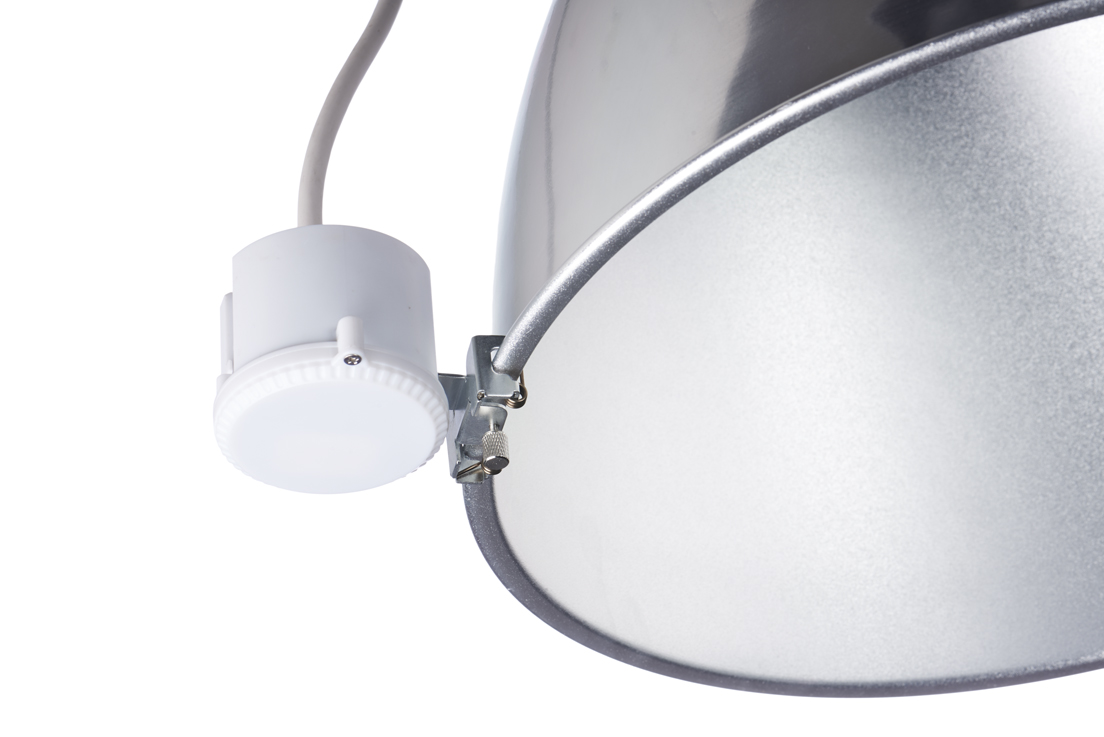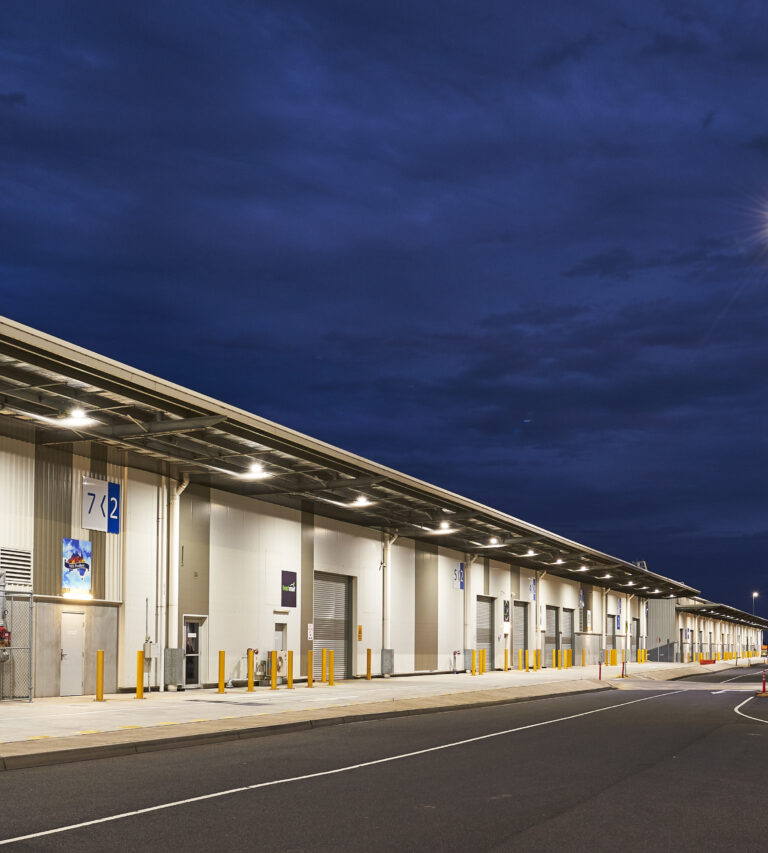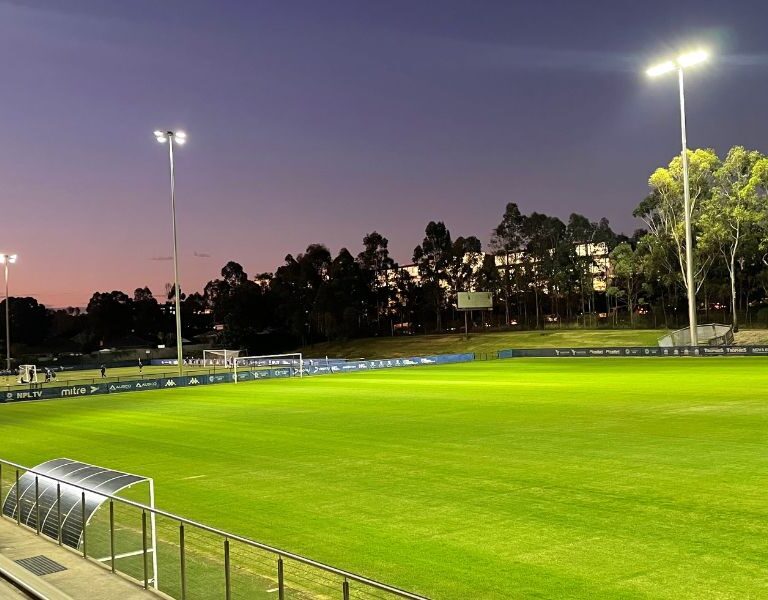You are most likely aware of the numerous benefits of LED lighting including: cost quality and safety, but are you aware that you can maximise these benefits even more? In addition to your LED lighting upgrade, you can further reduce your business’s overheads and environmental impact through the installation of lighting control devices such as motion sensors.
Lighting control devices have been around for years and many will recognise them as the security light at your house that switches on and off when it tracks motion. Often unreliable, they sometimes switch on to a bypassing moth, yet ignore you while trying to unlock the front door in the dark.
Thankfully, lighting technology is advancing rapidly and there is now a range of programmable motion sensor systems and devices that work to provide the right amount of light where and when it is needed.
Daylight linked controllers
Daylight linked controllers or sunset switches as they are often named, are designed to detect ambient light conditions and to automatically switch lights to on, off or dimmed as required to maintain appropriate lighting levels. These are useful for industries such as hospitality and retail, where controlling the lighting is particularly pertinent.
Occupancy motion sensors
Motion or occupancy sensors use Passive Infrared (PIR) or Ultra Sonic technology to detect movement and light up occupied areas. All have benefits, depending on the space characteristics in which they will be employed as per below:
- Passive Infrared (PIR)
Passive Infrared lighting controls detect the difference in heat emitted by humans in motion. They can detect motion within a field of view, but cannot see through objects and you cannot adjust the sensitivity. They are primarily used as security lights in both residential and commercial buildings. - Ultra Sonic Sensors
Ultra sonic lighting controls use sound waves to detect motion. You can adjust the sensitivity and detection zone and are ideal for small rooms such as offices. - Microwave Sensors
Microwave sensors use microwave Doppler technology to measure the change in frequency when it detects motion. They do not require a line of sight and can see through objects (except metal). Microwave sensors are ideal for large spaces such as warehouse




